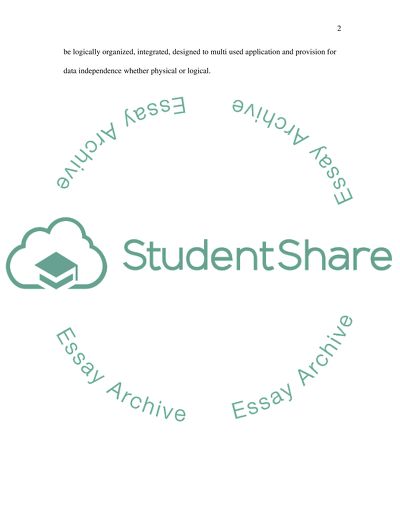Cite this document
(“Database Management System Essay Example | Topics and Well Written Essays - 1500 words”, n.d.)
Database Management System Essay Example | Topics and Well Written Essays - 1500 words. Retrieved from https://studentshare.org/miscellaneous/1519151-database-management-system
Database Management System Essay Example | Topics and Well Written Essays - 1500 words. Retrieved from https://studentshare.org/miscellaneous/1519151-database-management-system
(Database Management System Essay Example | Topics and Well Written Essays - 1500 Words)
Database Management System Essay Example | Topics and Well Written Essays - 1500 Words. https://studentshare.org/miscellaneous/1519151-database-management-system.
Database Management System Essay Example | Topics and Well Written Essays - 1500 Words. https://studentshare.org/miscellaneous/1519151-database-management-system.
“Database Management System Essay Example | Topics and Well Written Essays - 1500 Words”, n.d. https://studentshare.org/miscellaneous/1519151-database-management-system.


